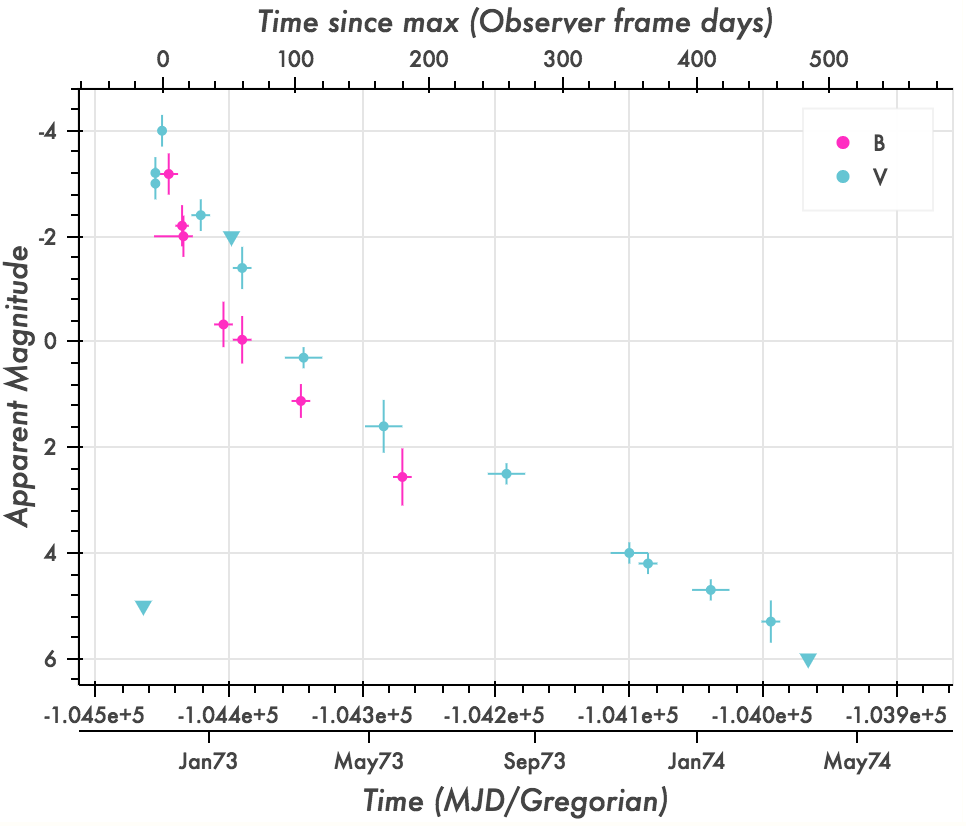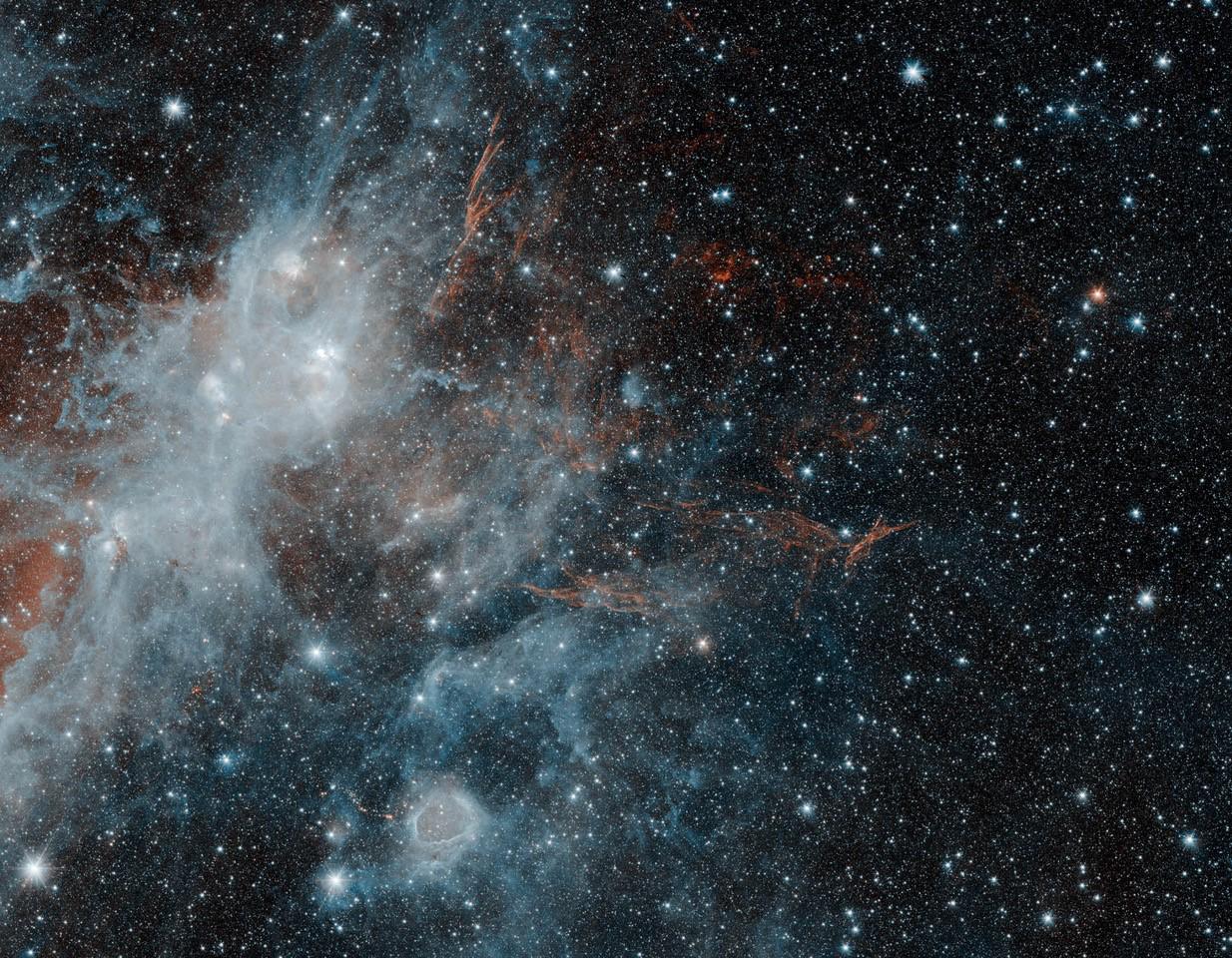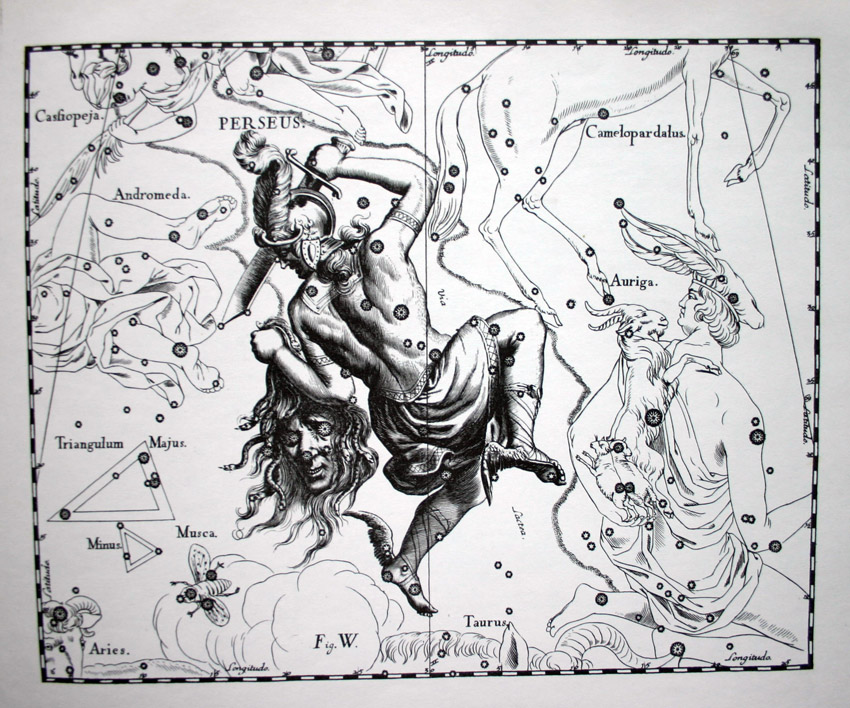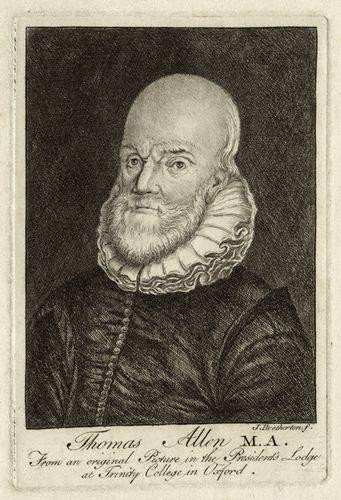|
SN 1572
SN 1572 (''Tycho's Supernova'', ''Tycho's Nova''), or B Cassiopeiae (B Cas), was a supernova of Type Ia in the constellation Cassiopeia, one of eight supernovae visible to the naked eye in historical records. It appeared in early November 1572 and was independently discovered by many individuals. Its supernova remnant has been observed optically but was first detected at radio wavelengths; it is often known as 3C 10, a radio-source designation, although increasingly as Tycho's supernova remnant. Historic description The appearance of the Milky Way supernova of 1572 belongs among the most important observation events in the history of astronomy. The appearance of the " new star" helped to revise ancient models of the heavens and to speed on a revolution in astronomy that began with the realisation of the need to produce better astrometric star catalogues (and thus the need for more precise astronomical observing instruments). It also challenged the Aristotelian dogma of the ... [...More Info...] [...Related Items...] OR: [Wikipedia] [Google] [Baidu] |
Supernova Remnant
A supernova remnant (SNR) is the structure resulting from the explosion of a star in a supernova. The supernova remnant is bounded by an expanding shock wave, and consists of ejected material expanding from the explosion, and the interstellar material it sweeps up and shocks along the way. There are two common routes to a supernova: either a massive star may run out of fuel, ceasing to generate fusion energy in its core, and collapsing inward under the force of its own gravity to form a neutron star or a black hole; or a white dwarf star may accrete material from a companion star until it reaches a critical mass and undergoes a thermonuclear explosion. In either case, the resulting supernova explosion expels much or all of the stellar material with velocities as much as 10% the speed of light (or approximately 30,000 km/s). These speeds are highly supersonic, so a strong shock wave forms ahead of the ejecta. That heats the upstream plasma up to temperatures well above mi ... [...More Info...] [...Related Items...] OR: [Wikipedia] [Google] [Baidu] |
Star Catalogue
A star catalogue is an astronomical catalogue that lists stars. In astronomy, many stars are referred to simply by catalogue numbers. There are a great many different star catalogues which have been produced for different purposes over the years, and this article covers only some of the more frequently quoted ones. Star catalogues were compiled by many different ancient people, including the Babylonians, Greeks, Chinese, Persians, and Arabs. They were sometimes accompanied by a star chart for illustration. Most modern catalogues are available in electronic format and can be freely downloaded from space agencies' data centres. The largest is being compiled from the spacecraft Gaia and thus far has over a billion stars. Completeness and accuracy are described by the faintest limiting magnitude V (largest number) and the accuracy of the positions. Historical catalogues Ancient Near East From their existing records, it is known that the ancient Egyptians recorded the names of on ... [...More Info...] [...Related Items...] OR: [Wikipedia] [Google] [Baidu] |
Cygnus (constellation)
Cygnus is a northern constellation on the plane of the Milky Way, deriving its name from the Latinized Greek word for swan. Cygnus is one of the most recognizable constellations of the northern summer and autumn, and it features a prominent asterism known as the Northern Cross (in contrast to the Southern Cross). Cygnus was among the 48 constellations listed by the 2nd century astronomer Ptolemy, and it remains one of the 88 modern constellations. Cygnus contains Deneb (ذنب, translit. ''ḏanab,'' tail)one of the brightest stars in the night sky and the most distant first-magnitude staras its "tail star" and one corner of the Summer Triangle. It also has some notable X-ray sources and the giant stellar association of Cygnus OB2. Cygnus is also known as the Northern Cross. One of the stars of this association, NML Cygni, is one of the largest stars currently known. The constellation is also home to Cygnus X-1, a distant X-ray binary containing a supergiant and unseen m ... [...More Info...] [...Related Items...] OR: [Wikipedia] [Google] [Baidu] |
Thomas Allen (mathematician)
Thomas Allen (or Alleyn) (21 December 154230 September 1632) was an English mathematician and astrologer. Highly reputed in his lifetime, he published little, but was an active private teacher of mathematics. He was also well connected in the English intellectual networks of the period. Early life He was born in Uttoxeter, Staffordshire. He was admitted scholar of Trinity College, Oxford, in 1561; and graduated as M.A. in 1567. In 1571 he left his college and fellowship, and moved to Gloucester Hall. He became known for his knowledge of antiquity, philosophy, and mathematics. At Gloucester Hall Gloucester Hall suited Allen, a sympathiser at least with Catholicism, because there was no stringent religious observance required there; indeed there was no chapel in the Hall. Allen's beliefs have been classified as "church papist", but also his posture as "crypto-Catholic": a Catholic faith combined with outward conformity to the Church of England. He joined there his friends Edmund R ... [...More Info...] [...Related Items...] OR: [Wikipedia] [Google] [Baidu] |
Elizabeth I
Elizabeth I (7 September 153324 March 1603) was Queen of England and Ireland from 17 November 1558 until her death in 1603. Elizabeth was the last of the five House of Tudor monarchs and is sometimes referred to as the "Virgin Queen". Elizabeth was the daughter of Henry VIII and Anne Boleyn, his second wife, who was executed when Elizabeth was two years old. Anne's marriage to Henry was annulled, and Elizabeth was for a time declared illegitimate. Her half-brother Edward VI ruled until his death in 1553, bequeathing the crown to Lady Jane Grey and ignoring the claims of his two half-sisters, the Catholic Mary and the younger Elizabeth, in spite of statute law to the contrary. Edward's will was set aside and Mary became queen, deposing Lady Jane Grey. During Mary's reign, Elizabeth was imprisoned for nearly a year on suspicion of supporting Protestant rebels. Upon her half-sister's death in 1558, Elizabeth succeeded to the throne and set out to rule by good counsel. She ... [...More Info...] [...Related Items...] OR: [Wikipedia] [Google] [Baidu] |
Tadeáš Hájek
Tadeáš Hájek z Hájku () (1 December 1525 in Prague – 1 September 1600 in Prague), also known as Tadeáš Hájek of Hájek, Thaddaeus Hagecius ab Hayek or Thaddeus Nemicus, was a Czech naturalist, personal physician of the Holy Roman Emperor Rudolph II and an astronomer in the Kingdom of Bohemia. Biography Tadeáš Hájek was the son of Šimon Hájek (ca. 1485–1551) from an old Prague family. He was ennobled in 1554 by Ferdinand I of Germany, knighted in 1571 by Maximilian II, later made knight of the Holy Roman Empire by Rudolf II. He had three wives, three sons, and one daughter. In 1548–1549, he studied medicine and astronomy in Vienna and graduated in 1550, receiving his Masters "''in artibus''" in 1551. In 1554 he studied medicine in Bologna and went to Milan the same year to listen to lectures by Girolamo Cardano, but he soon returned to Prague, where he became a professor of mathematics at the Charles University of Prague in 1555. He publi ... [...More Info...] [...Related Items...] OR: [Wikipedia] [Google] [Baidu] |
Francesco Maurolico
Francesco Maurolico (Latin: ''Franciscus Maurolycus''; Italian: ''Francesco Maurolico''; gr, Φραγκίσκος Μαυρόλυκος, 16 September 1494 - 21/22 July 1575) was a mathematician and astronomer from Sicily. He made contributions to the fields of geometry, optics, conics, mechanics, music, and astronomy. He edited the works of classical authors including Archimedes, Apollonius, Autolycus, Theodosius and Serenus. He also composed his own unique treatises on mathematics and mathematical science. Life Francesco was born in Messina with the surname of Marulì, although the surname is sometimes reported as "Mauroli". He was one of seven sons of Antonio Marulì, a government official, and Penuccia. His father was a Greek physician who fled Constantinople when the Ottomans invaded the city. Antonio had studied with the Neoplatonic Hellenist Constantine Lascaris, so Francesco received a "Lascarian" education through his father and from Francesco Faraone and Giacomo Ge ... [...More Info...] [...Related Items...] OR: [Wikipedia] [Google] [Baidu] |
John Dee (mathematician)
John Dee (13 July 1527 – 1608 or 1609) was an English mathematician, astronomer, astrologer, teacher, occultist, and alchemist. He was the court astronomer for, and advisor to, Elizabeth I, and spent much of his time on alchemy, divination, and Hermetic philosophy. As an antiquarian, he had one of the largest libraries in England at the time. As a political advisor, he advocated the foundation of English colonies in the New World to form a "British Empire", a term he is credited with coining. Dee eventually left Elizabeth's service and went on a quest for additional knowledge in the deeper realms of the occult and supernatural. He aligned himself with several individuals who may have been charlatans, travelled through Europe and was accused of spying for the English crown. Upon his return to England, he found his home and library vandalised. He eventually returned to the Queen's service, but was turned away when she was succeeded by James I. He died in poverty in London and ... [...More Info...] [...Related Items...] OR: [Wikipedia] [Google] [Baidu] |
Thomas Digges
Thomas Digges (; c. 1546 – 24 August 1595) was an English mathematician and astronomer. He was the first to expound the Copernican system in English but discarded the notion of a fixed shell of immoveable stars to postulate infinitely many stars at varying distances. He was also first to postulate the " dark night sky paradox". Life Thomas Digges, born about 1546, was the son of Leonard Digges (c. 1515 – c. 1559), the mathematician and surveyor, and Bridget Wilford, the daughter of Thomas Wilford, esquire, of Hartridge in Cranbrook, Kent, by his first wife, Elizabeth Culpeper, the daughter of Walter Culpeper, esquire. Digges had two brothers, James and Daniel, and three sisters, Mary, who married a man with the surname of Barber; Anne, who married William Digges; and Sarah, whose first husband was surnamed Martin, and whose second husband was John Weston. After the death of his father, Digges grew up under the guardianship of John Dee, a typical Renaissance natural philo ... [...More Info...] [...Related Items...] OR: [Wikipedia] [Google] [Baidu] |
Christopher Clavius
Christopher Clavius, SJ (25 March 1538 – 6 February 1612) was a Jesuit German mathematician, head of mathematicians at the Collegio Romano, and astronomer who was a member of the Vatican commission that accepted the proposed calendar invented by Aloysius Lilius, that is known as the Gregorian calendar. Clavius would later write defences and an explanation of the reformed calendar, including an emphatic acknowledgement of Lilius' work. In his last years he was probably the most respected astronomer in Europe and his textbooks were used for astronomical education for over fifty years in and even out of Europe. Early life Little is known about Clavius' early life other than the fact that he was born in Bamberg in either 1538 or 1537. His given name is not known to any great degree of certainty—it is thought by scholars to have perhaps been ''Christoph Clau'' or ''Klau''. There are also some who think that his taken name, ''Clavius'', may be a Latinization of his original Ge ... [...More Info...] [...Related Items...] OR: [Wikipedia] [Google] [Baidu] |
Great Comet Of 1577
The Great Comet of 1577 (official designation: C/1577 V1) is a non-periodic comet that passed close to Earth during the year 1577 AD. Having an official designation beginning with "C" classes it as a non-periodic comet, and so it is not expected to return. In 1577, the comet was visible to all of Europe, and was recorded by many contemporaries of the time, including the famous Danish astronomer Tycho Brahe and Turkish astronomer Taqi ad-Din. From his observations of the comet, Brahe was able to discover that comets and similar objects travel above the Earth's atmosphere. The best fit using JPL Horizons suggests that the comet is currently about 320 AU from the Sun (based on 24 of Brahe's observations spanning 74 days from 13 November 1577 to 26 January 1578).NASAJPL Small-body database browserplot and approximate distance. (needs Java) Observations by Brahe and others Using all the records to estimate the orbit, it seems that the perihelion was on October 27. The first r ... [...More Info...] [...Related Items...] OR: [Wikipedia] [Google] [Baidu] |
ScienceDaily
''Science Daily'' is an American website launched in 1995 that aggregates press releases and publishes lightly edited press releases (a practice called churnalism) about science, similar to Phys.org and EurekAlert!. The site was founded by married couple Dan and Michele Hogan in 1995; Dan Hogan formerly worked in the public affairs department of Jackson Laboratory writing press releases. The site makes money from selling advertisements. As of 2010, the site said that it had grown "from a two-person operation to a full-fledged news business with worldwide contributors". At the time, it was run out of the Hogans' home, had no reporters, and only reprinted press releases. In 2012, Quantcast Quantcast is an American technology company, founded in 2006, that specializes in AI-driven real-time advertising, audience insights and measurement. It has offices in the United States, Canada, Australia, Singapore, United Kingdom, Ireland, Fran ... ranked it at 614 with 2.6 million U.S. vi ... [...More Info...] [...Related Items...] OR: [Wikipedia] [Google] [Baidu] |








